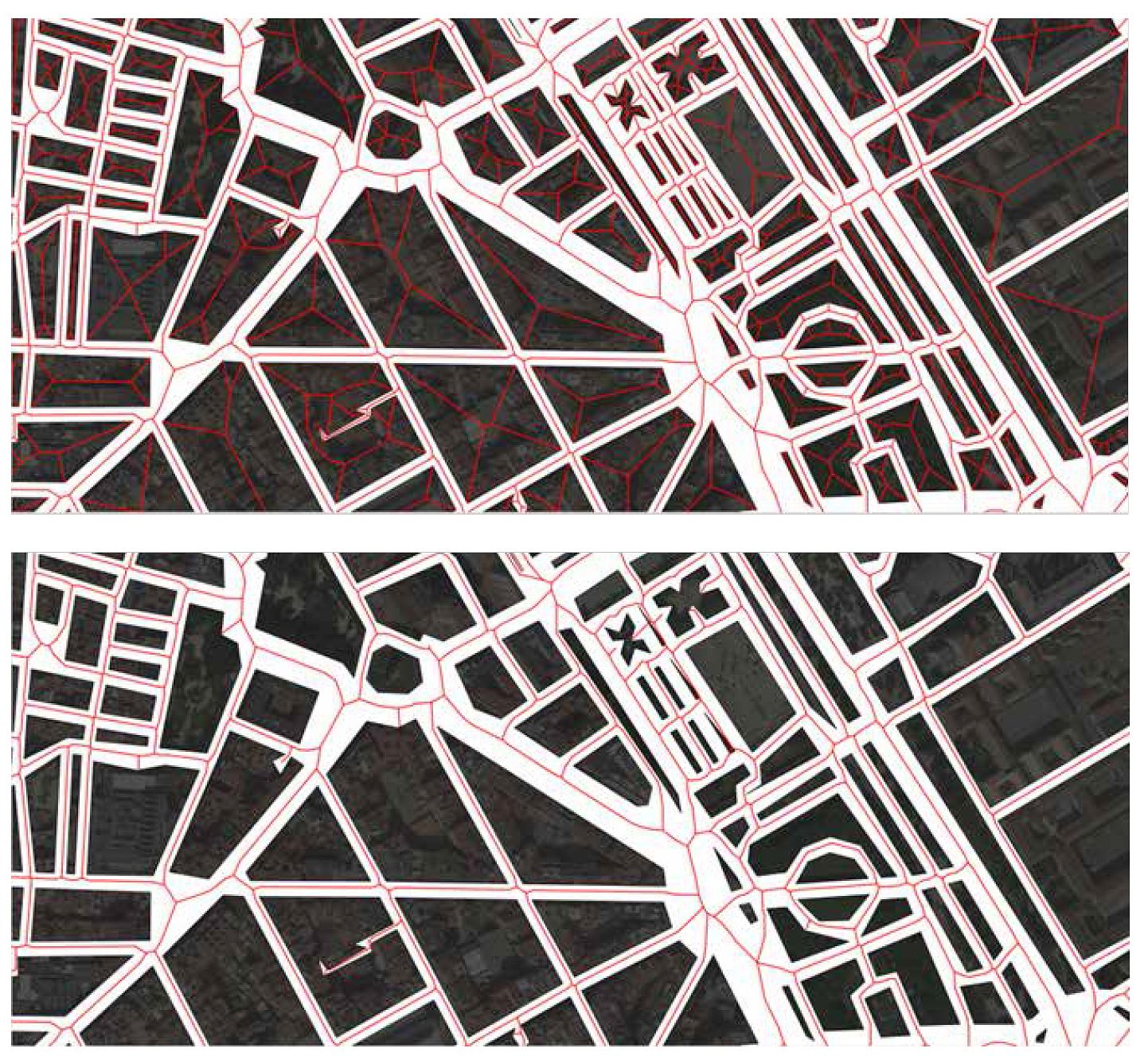We shape our environments and they in turn influence us. Spaces have an underlying social logic that can support encounters or avoidance. Considering the built environmental as a social spatial network was the starting point for Pirouz Nourian’s research to develop computational methods for analysis and synthesis of architectural and urban spatial configurations.
During his PhD defence, Nourian, of the Architecture and the Built Environment faculty, described some of the software tools he created to seek and appraise optimal spatial configurations. The mathematical basis is graph theory, which considers a spatial network of connected nodes. Both intuitive and structured, the connections can be quantified by allocating a certain value to them and are equally understandable for humans and computer programmes. Nourian’s approach represents buildings and urban layouts as networks, with rooms and streets as the nodes.
He calls these tools configraphics and stresses that they are not grounded in theory about how people move in space and cannot predict how people will behave. Instead they model the potential of the spaces to accommodate interaction with users and mobility. One tool allows a designer to generate and evaluate the potential of possible plan layouts. Another is a way finding tool for pedestrians and cyclists to find the easiest path in a city accounting for topography and incorporating the difficulty of climbing slopes and turning at junctions.
This approach brings a systematic element to design or decision making, but it is not automated. The human designer has a methodical process with clear evaluation criteria at his/her disposal. The tools provide a supporting analytical technique informing configurational thinking, especially when tackling functionally complex buildings, such as hospitals and airports. An optimal spatial configuration is essential to ensure the safety, security, and efficiency functioning of such buildings. The tools may also be applied to better evaluate urban interventions and compare scenarios promoting walking and cycling for the best place to put infrastructure, such as a new bridge.
The models generate the easiest path when you know where you want to go, but Nourian also investigated probabilistic versions to generate random results. These simulate a random walk which can be applied to calculate the probable whereabouts of a culprit on the run after a given amount of time. They can also model the way tourists roam around streets and help determine the best location for a tourist shop where tourists are most likely to wander by.
Pirouz Nourian
Thesis: Configraphics: Graph Theoretical Methods for Design and Analysis of Architectural and Urban Configurations.
PhD supervisor: Dr. Sevil Sariyildiz (Faculty of Architecture and the Built Environment).
Defence date: September 30, 2016



Comments are closed.